Mazda CX-60 vs Dacia Bigster - Differences and prices compared
Costs and Efficiency:
Price and efficiency are key factors when choosing a car – and this is often where the real differences emerge.
Dacia Bigster has a decisively advantage in terms of price – it starts at 20600 £, while the Mazda CX-60 costs 41900 £. That’s a price difference of around 21343 £.
Fuel consumption also shows a difference: Mazda CX-60 manages with 1.40 L and is therefore clearly more efficient than the Dacia Bigster with 4.70 L. The difference is about 3.30 L per 100 km.
Engine and Performance:
Power, torque and acceleration say a lot about how a car feels on the road. This is where you see which model delivers more driving dynamics.
When it comes to engine power, the Mazda CX-60 has a clearly edge – offering 327 HP compared to 155 HP. That’s roughly 172 HP more horsepower.
In acceleration from 0 to 100 km/h, the Mazda CX-60 is decisively quicker – completing the sprint in 5.80 s, while the Dacia Bigster takes 9.70 s. That’s about 3.90 s faster.
In terms of top speed, the Mazda CX-60 performs somewhat better – reaching 219 km/h, while the Dacia Bigster tops out at 180 km/h. The difference is around 39 km/h.
There’s also a difference in torque: Mazda CX-60 pulls significantly stronger with 550 Nm compared to 230 Nm. That’s about 320 Nm difference.
Space and Everyday Use:
Whether family car or daily driver – which one offers more room, flexibility and comfort?
Seats: offers more seating capacity – vs .
In curb weight, Dacia Bigster is evident lighter – 1425 kg compared to 1890 kg. The difference is around 465 kg.
In terms of boot space, the Dacia Bigster offers a bit more room – 667 L compared to 570 L. That’s a difference of about 97 L.
In maximum load capacity, the Dacia Bigster performs somewhat better – up to 1937 L, which is about 211 L more than the Mazda CX-60.
When it comes to payload, Mazda CX-60 noticeable takes the win – 612 kg compared to 467 kg. That’s a difference of about 145 kg.
Who wins the race?
The Mazda CX-60 proves to be dominates this comparison and therefore becomes our DriveDuel Champion!
Mazda CX-60 is the better all-rounder in this comparison.
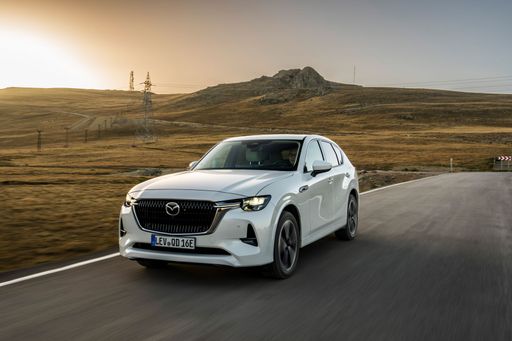 @ Mazda Motor Corporation
@ Mazda Motor Corporation
Mazda CX-60
Costs and Consumption
View detailed analysis
Engine and Performance
View detailed analysis
Dimensions and Body
View detailed analysis
Mazda CX-60
The Mazda CX-60 pairs sculpted, understated looks with poised handling and a cabin that punches above its class, making long drives feel unexpectedly civilized. For buyers who want a premium feel without the showroom swagger, it's the sort of car that earns respect quietly — and still manages a wink when you push on.
details @ Mazda Motor Corporation
@ Mazda Motor Corporation
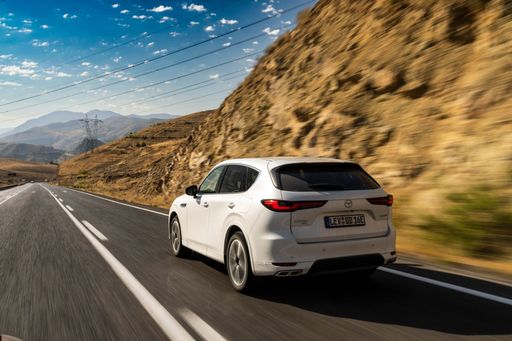 @ Mazda Motor Corporation
@ Mazda Motor Corporation
 @ Mazda Motor Corporation
@ Mazda Motor Corporation
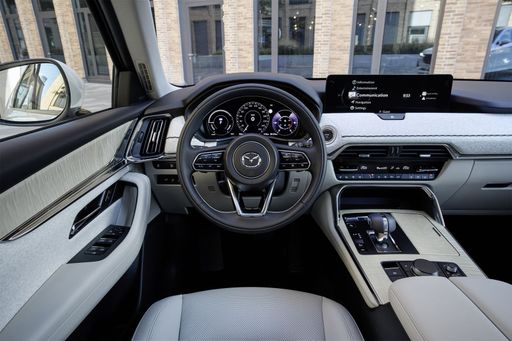 @ Mazda Motor Corporation
@ Mazda Motor Corporation
Dacia Bigster
The Bigster is poised to redefine the SUV segment with its bold design and spacious interior, catering to the needs of both families and adventure seekers alike. Emphasizing sustainability and practicality, this model reflects a modern approach to automotive engineering, making it a compelling choice for environmentally conscious drivers. With its striking presence on the road, the Bigster not only captures attention but also embodies a new era of versatile mobility.
details @ Dacia / Renault Group Media
@ Dacia / Renault Group Media
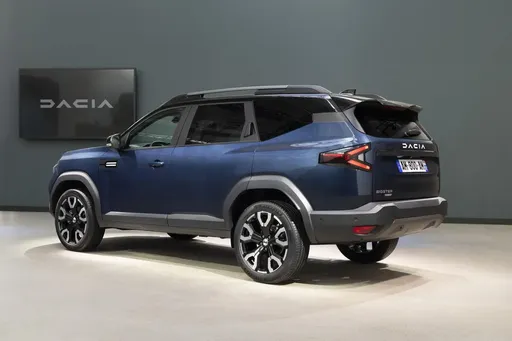 @ Dacia / Renault Group Media
@ Dacia / Renault Group Media
 @ Dacia / Renault Group Media
@ Dacia / Renault Group Media
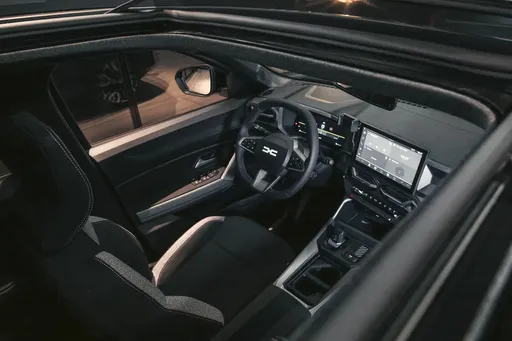 @ Dacia / Renault Group Media
@ Dacia / Renault Group Media
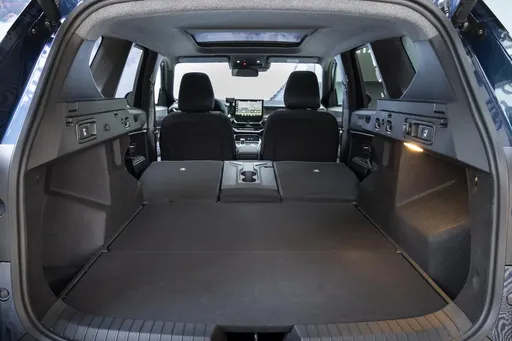 @ Dacia / Renault Group Media
@ Dacia / Renault Group Media
 @ Mazda Motor Corporation
@ Mazda Motor Corporation
|
 @ Dacia / Renault Group Media
@ Dacia / Renault Group Media
|
|
|
|
Costs and Consumption |
|
|---|---|
|
Price
41900 - 56800 £
|
Price
20600 - 26600 £
|
|
Consumption L/100km
1.4 - 5.4 L
|
Consumption L/100km
4.7 - 7.1 L
|
|
Consumption kWh/100km
-
|
Consumption kWh/100km
-
|
|
Electric Range
64 km
|
Electric Range
-
|
|
Battery Capacity
-
|
Battery Capacity
-
|
|
co2
31 - 139 g/km
|
co2
106 - 137 g/km
|
|
Fuel tank capacity
50 - 58 L
|
Fuel tank capacity
50 - 55 L
|
Dimensions and Body |
|
|---|---|
|
Body Type
SUV
|
Body Type
SUV
|
|
Seats
5
|
Seats
5
|
|
Doors
5
|
Doors
5
|
|
Curb weight
1890 - 2055 kg
|
Curb weight
1425 - 1547 kg
|
|
Trunk capacity
570 L
|
Trunk capacity
510 - 667 L
|
|
Length
4745 mm
|
Length
4570 mm
|
|
Width
1890 mm
|
Width
1813 mm
|
|
Height
1680 - 1688 mm
|
Height
1705 mm
|
|
Max trunk capacity
1726 L
|
Max trunk capacity
1813 - 1937 L
|
|
Payload
581 - 612 kg
|
Payload
383 - 467 kg
|
Engine and Performance |
|
|---|---|
|
Engine Type
Plugin Hybrid, Diesel MHEV
|
Engine Type
Petrol MHEV, Full Hybrid, LPG
|
|
Transmission
Automatic
|
Transmission
Manuel, Automatic
|
|
Transmission Detail
Automatic Gearbox
|
Transmission Detail
Manual Gearbox, Automated Manual
|
|
Drive Type
All-Wheel Drive, Rear-Wheel Drive
|
Drive Type
All-Wheel Drive, Front-Wheel Drive
|
|
Power HP
200 - 327 HP
|
Power HP
130 - 155 HP
|
|
Acceleration 0-100km/h
5.8 - 8.4 s
|
Acceleration 0-100km/h
9.7 - 11.2 s
|
|
Max Speed
200 - 219 km/h
|
Max Speed
180 km/h
|
|
Torque
450 - 550 Nm
|
Torque
230 Nm
|
|
Number of Cylinders
4 - 6
|
Number of Cylinders
3 - 4
|
|
Power kW
147 - 241 kW
|
Power kW
96 - 115 kW
|
|
Engine capacity
2488 - 3283 cm3
|
Engine capacity
1199 - 1799 cm3
|
General |
|
|---|---|
|
Model Year
2024
|
Model Year
2025
|
|
CO2 Efficiency Class
B, D, E
|
CO2 Efficiency Class
E, D, C
|
|
Brand
Mazda
|
Brand
Dacia
|
What drive types are available for the Mazda CX-60?
The Mazda CX-60 is offered with All-Wheel Drive or Rear-Wheel Drive.
The prices and data displayed are estimates based on German list prices and may vary by country. This information is not legally binding.
